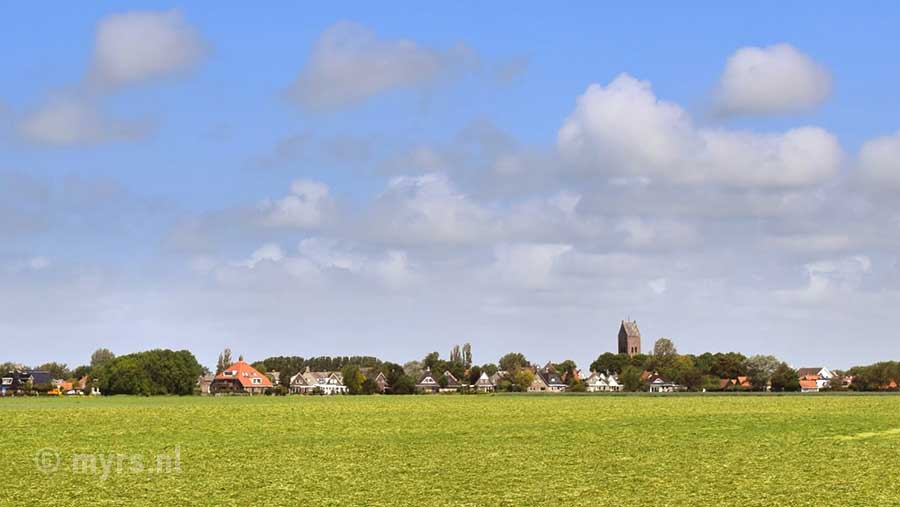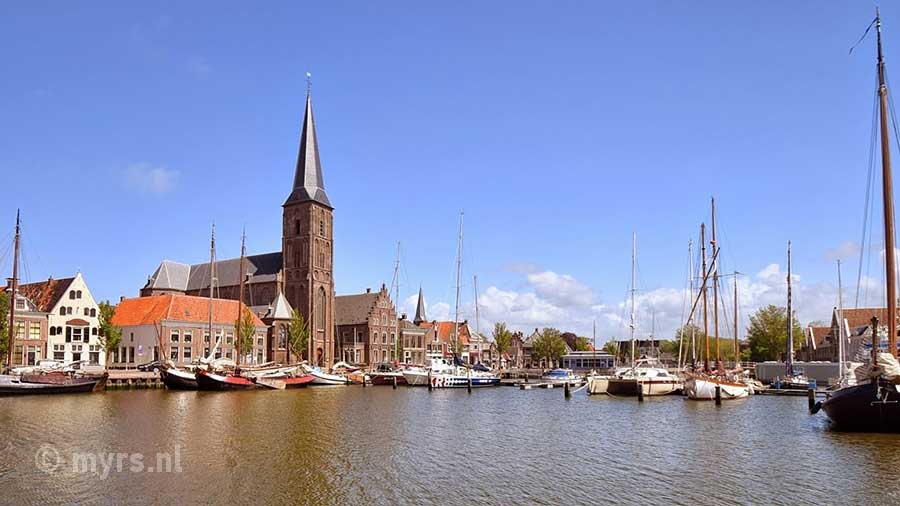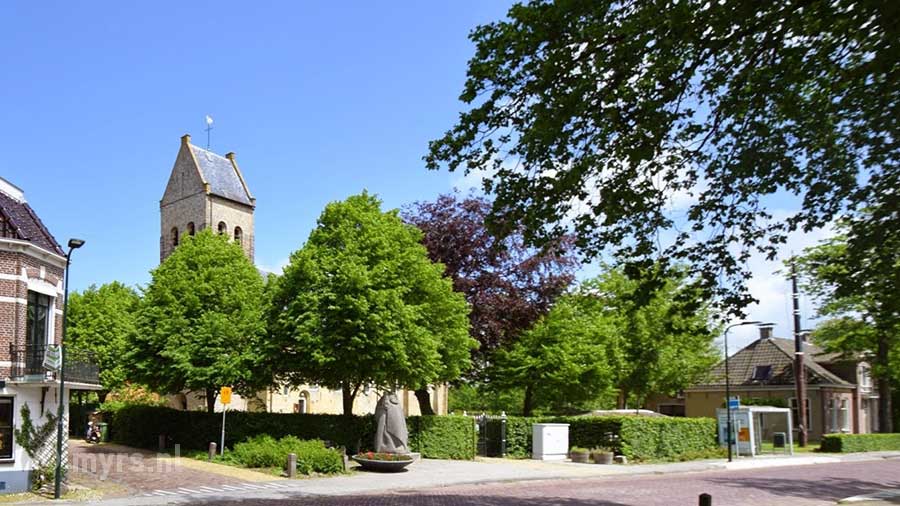Friesland

When you are thinking about Friesland, you easily connect it with the Eleven cities Route, fierljepping pole skipping, bouncing or skûtjesilen. But Friesland is way more than that. There is enough tranquility, space, green and water. You could bicycle, walk, sail along the many streams, go shopping in one of the cities or villages and enjoy an excess of nature and (a particularly own) culture. The scenery is very wide, occasionally the view is interrupted by a village or city. As well-known from the Eleven Cities Route, Friesland is counting eleven cities, all with their own identity and charm.

The numerous lakes, the lake Ijsselmeer and the Wadden Sea offer plenty of possibilities for sailors, canoe sailors, surfing, swimming and anglers. The twisted inner dikes, small roads and paths along the lakes are an ideal area for cyclists and walkers. Moreover small ferry boats are connecting during the summer months streams and lakes so that we have a variety of many ‘small ferry boat routes’. Museums, ancient rooms, states and stinses (stone houses), visitors centers and monuments are showing us a fascinating image of history, culture, nature and architecture in Friesland.


Friesland is the most obstinate province of The Netherlands. The Frisians have their own language, culture, flag and national anthem. The scenery with its green meadows, terps (dwelling mounds) and lakes covered by impressive clouds is also typically Frisian. Friesland is divided into four large scenery units: the Terpenland, the clay grounds in the North and West; the Frisian woods, the sandy soils in the East and Southeast; The Lower Mid Friesland, the swampy peatland between the clay- and sandy soils cutting like a wedge in the middle part of Friesland. North of the mainland the Wadden Islands are situated in half of a bow.

The unique islandic atmosphere at Vlieland, Terschelling, Ameland and Schiermonnikoog attracts annually lots of island-goers. The Wadden Sea is the most beautiful front garden of The Netherlands and to a large extent freely accessible. Go aboard of a ferry boat or historical sailing ship and steer course for the opposite side, or pluck up courage and let you guide walking to the other side across the bottom of the sea. At the islands there is no shortage of primal nature and picturesque villages and perfectly maintained shell paths are taking you everywhere, from lighthouse to duck-shed and from sea cape to rough salt marsh area.

But even more than at their overseas territories the Frisian are more proud at Friesland itself. It is fertile, spacious, clean and .. unexpectedly alternate. If you cross through the province at the left side of the border, beginning from the Wadden Sea dike, you wouldn’t be bored. The land reclamation Works of Northern Friesland are of bog harmony between man and nature with a remarkable flora and fauna. After the monumental port town of Harlingen there is the capricious coast of the Ijsselmeer lake with glorious towns which are also terrific operating bases for aquatic sports fun at the former Zuiderzee. Do you feel here the earth rise under your feet? You are approaching the Frisian cliffs nearby Gaasterland. At this place once the Dutchmen were defeated. By the way, the province heights aren’t indebted to human hands, but to mother nature. The woody hinterland, the Southwest corner of Friesland, don’t feel like Frisian due to the slopy site. From ‘steam city’ Lemmer on it goes eastwards, heading for the old peatlands and the wooded surroundings of Appelscha: the Frisian woods. Up to the North the scenery becomes more and more open until you are across the dike with both feet in the mud and the horizon is as empty and wide as can be.
